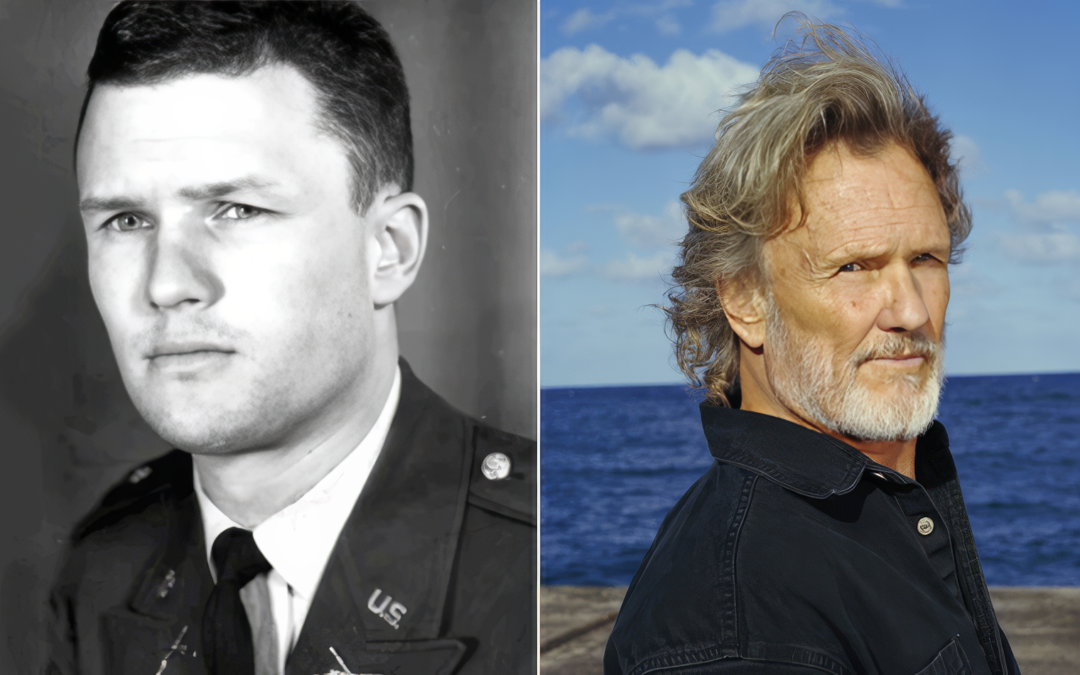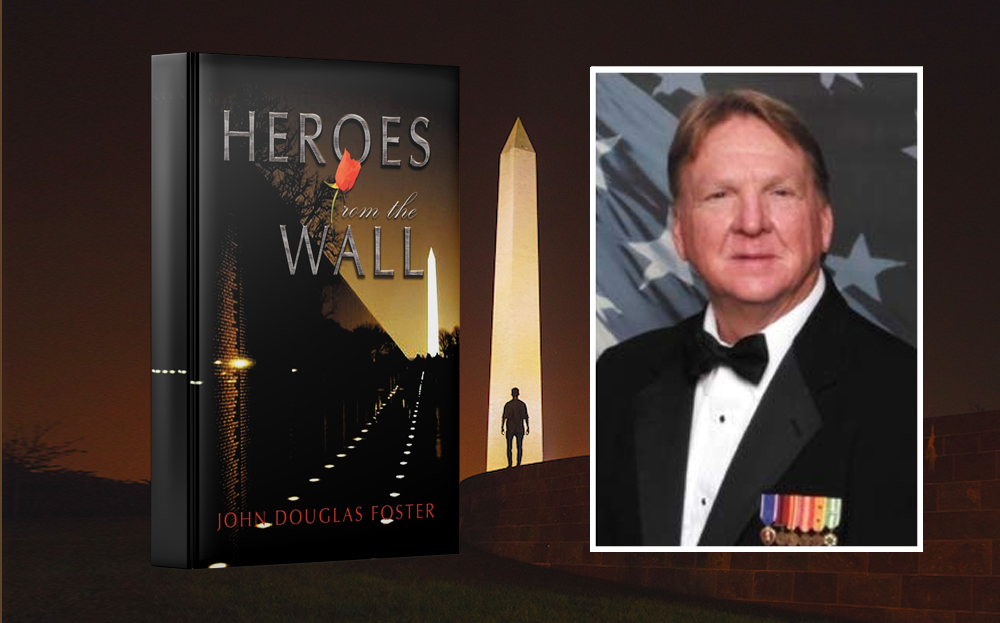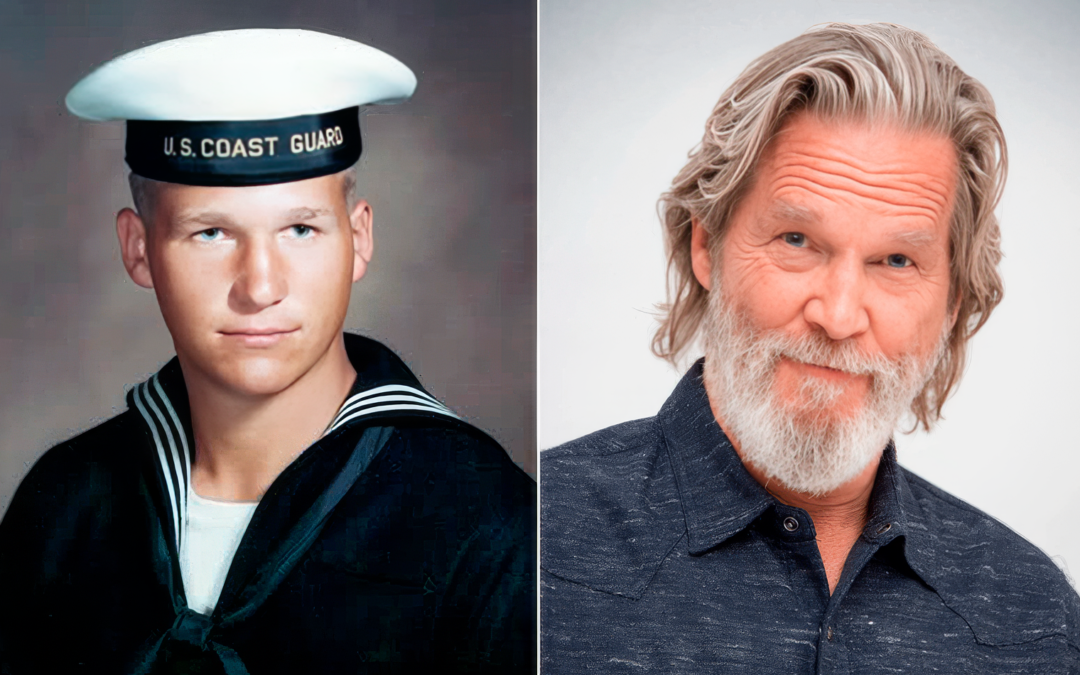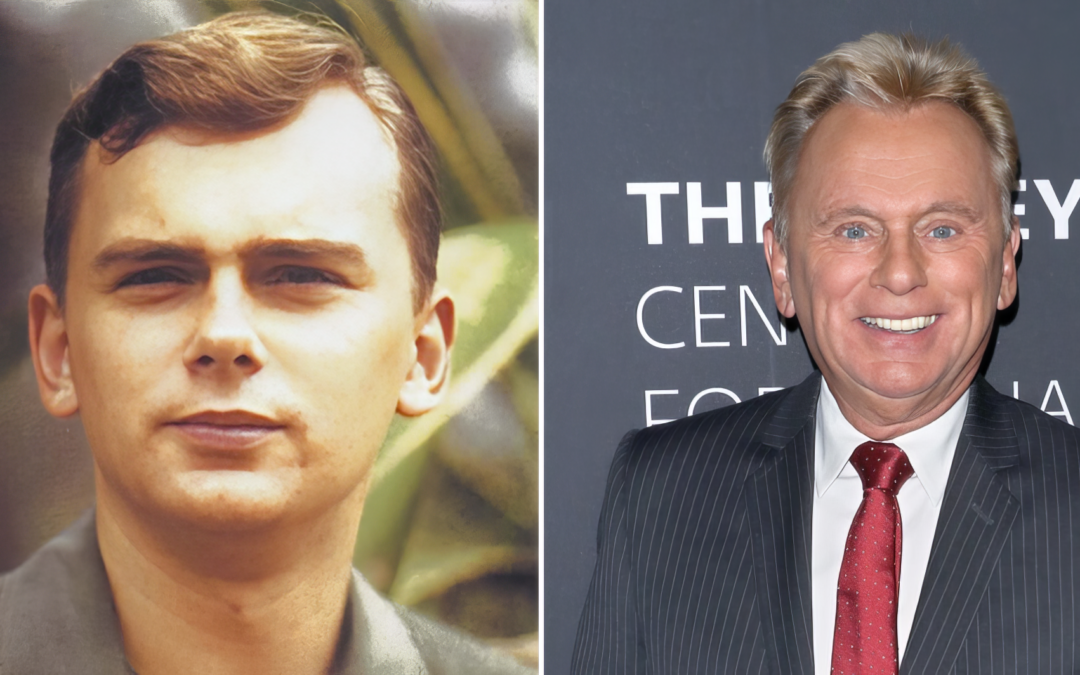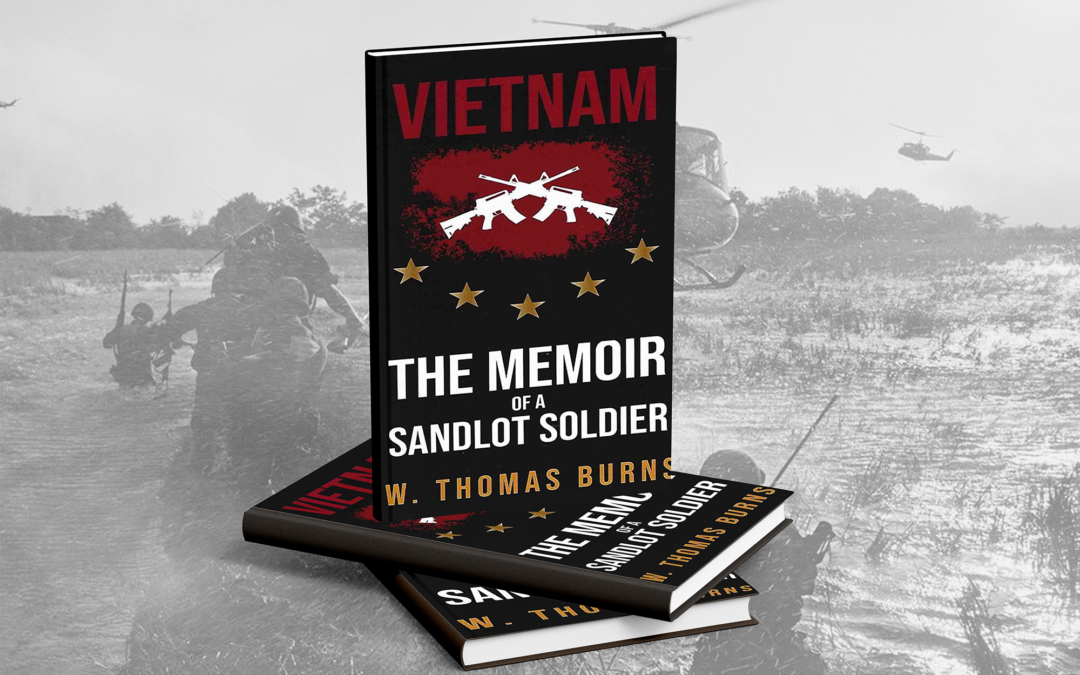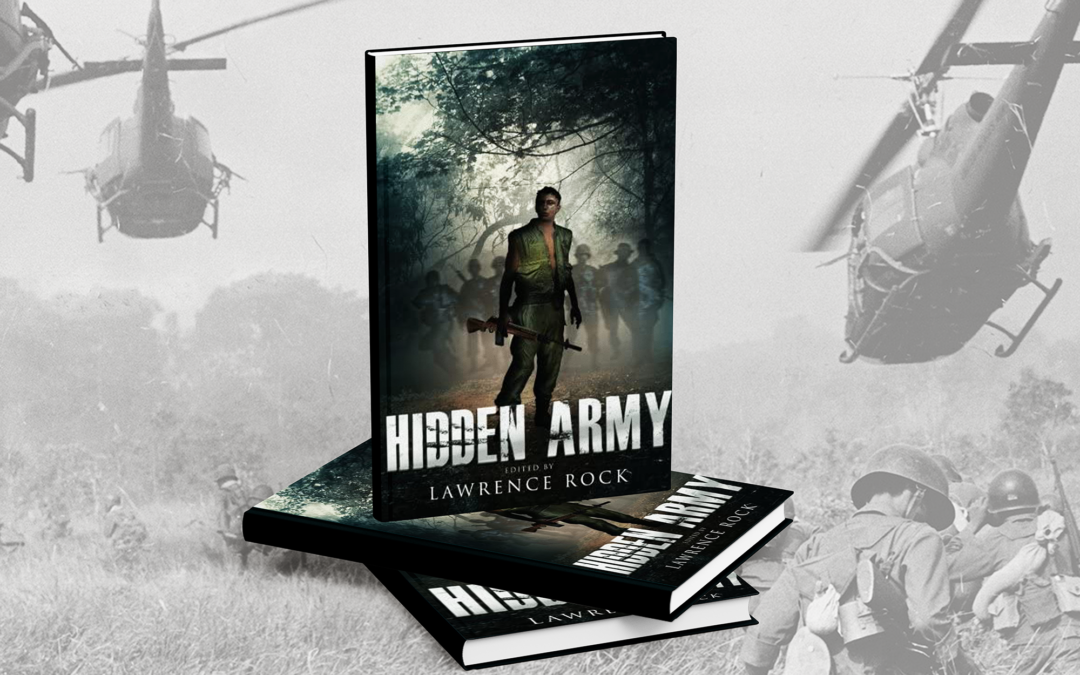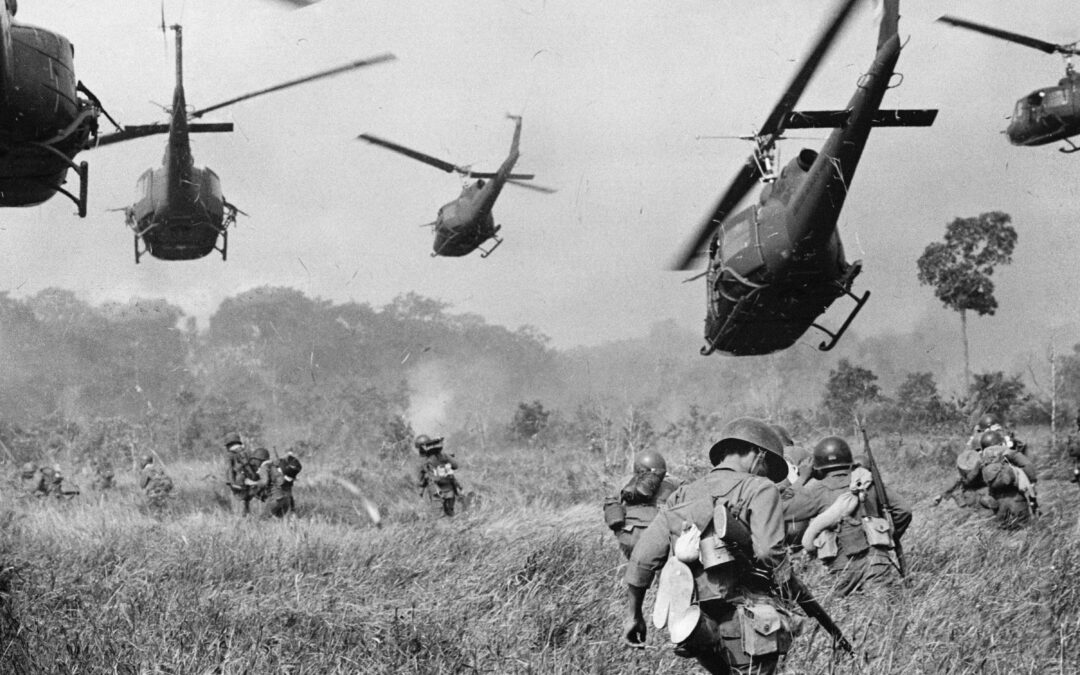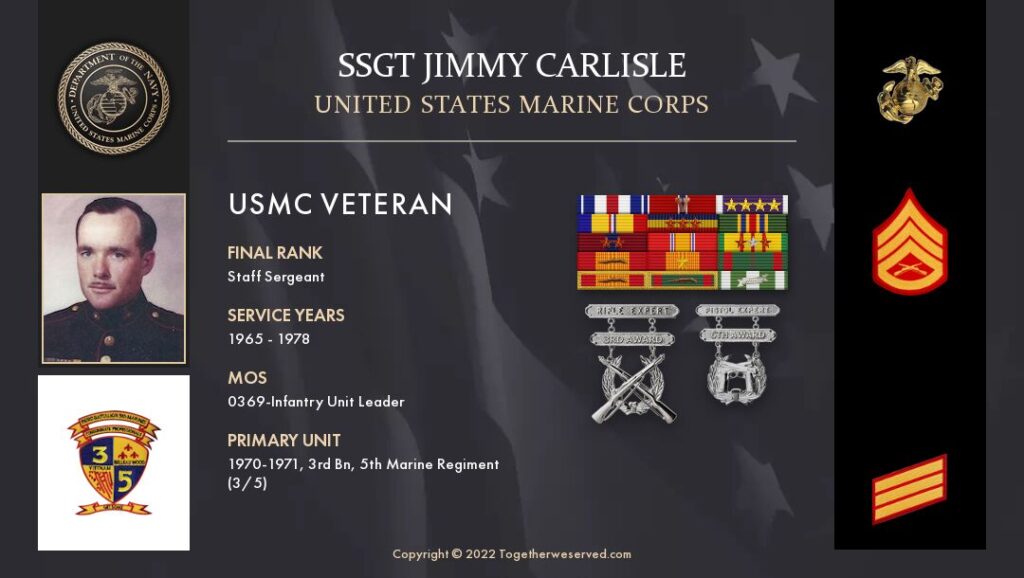Kristoffer Kristofferson is a retired American singer, songwriter and actor. Among his songwriting credits are "Me and Bobby McGee", "For the Good Times", "Sunday Mornin' Comin' Down", and "Help Me Make It Through the Night", all of which were hits for other artists. But considering his family background and his education, Kristofferson seemed destined to become a military officer. The son of an Air Force major general, he served as a captain and helicopter pilot in the U.S. Army during his own stint in the service. TogetherWeServed follows Kris Kristofferson’s path from his childhood in Texas to his acclaimed career in the entertainment world, and the role his military service played in shaping his values and his music. Kris Kristofferson’s Early Life Kristoffer “Kris” Kristofferson was born in Brownsville, Texas, in June 1936. In his youth, Kristofferson showed a fondness for country music and a talent for writing, penning his first song at age 11. Kris was a Golden Gloves boxer...
